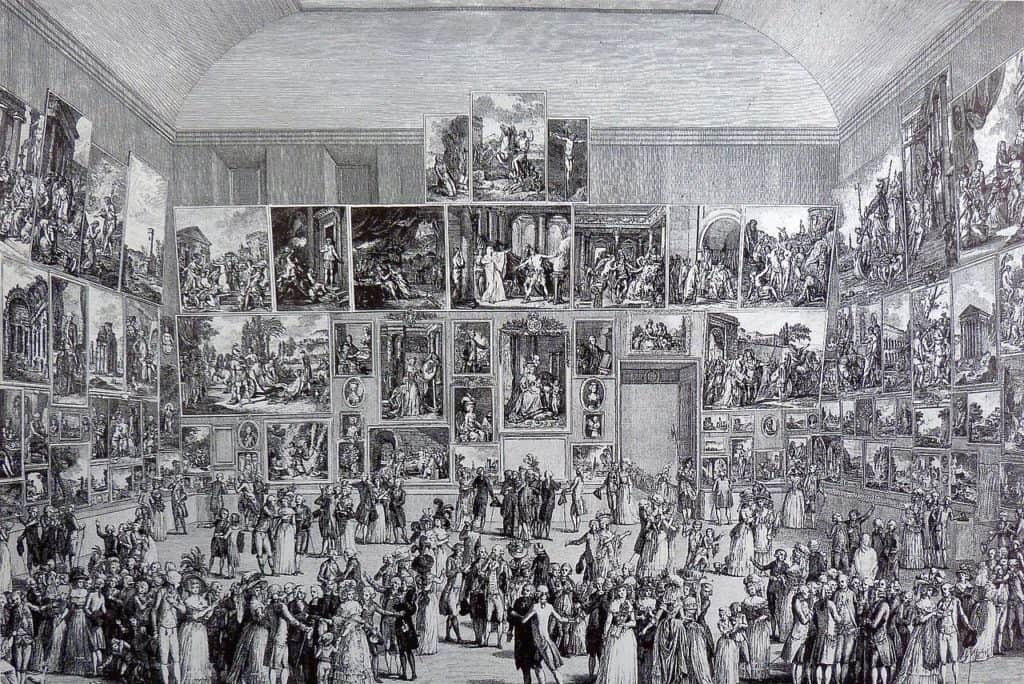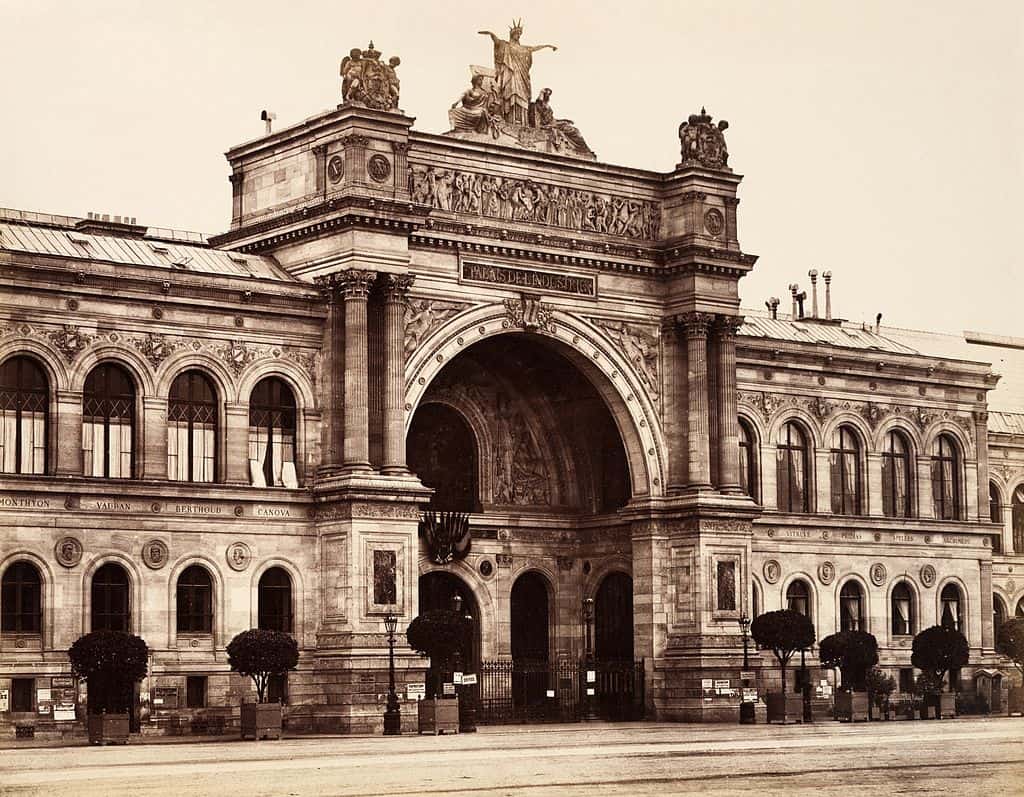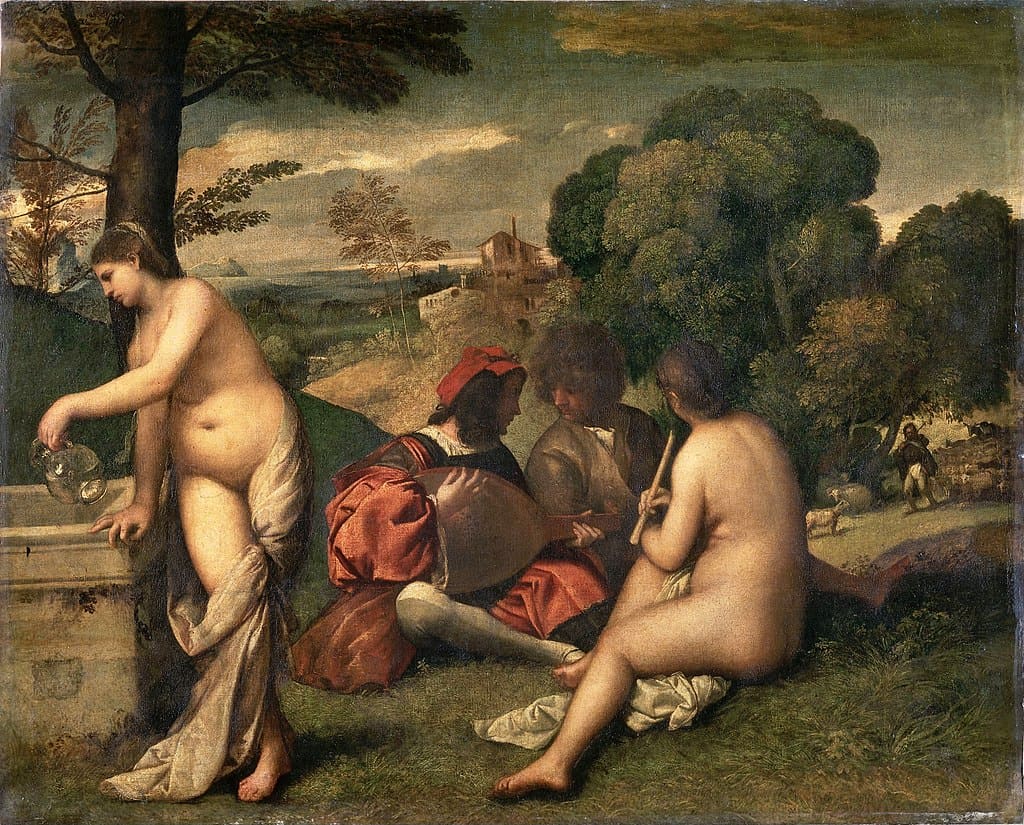Articles & Features
The Shows That Made Contemporary Art History: The Salon Des Refusés

“To exhibit is to find friends and allies for the struggle”.
Édouard Manet
There are multiple ways to delve into the fascinating world of contemporary art. One may consider the development and succession of different artistic movements; the personalities of the major players in the field, from artists to theorists and curators; not to mention the most iconic artworks that have shaped artistic production since the late nineteenth-century. However, an equally compelling perspective can be gained through the investigation of the landmark exhibitions that triggered profound changes in the art historical canon, both defining entirely new genres and permanently impacting the course of art history. Marking a break from the Academic taste, the Salon des Refusés, held in 1863 Paris, proved to be the first of this string of art shows of great significance as well as a pivotal event in the development of contemporary art.

“I paint what I see, not what others like to see”.
Édouard Manet
The background
It was in 1667 that the French Académie Royale de Peinture et de Sculpture held the first semi-public show to display the works of its students considered worthy of royal commissions, and, in doing so, laid the foundation of the modern idea of “group exhibition”. The show, later dubbed ‘Salon de Paris‘, or simply ‘Salon‘ became the official means for exhibiting academic art and its undisputed role in the evaluation of contemporary art would grow steadily for the following two-hundred years. By the nineteenth century, it had become a public and grand social event held regularly every other year.
Members of the Academy itself along with government appointees constituted a conservative jury that would select a number of orthodox, polished artworks to exhibit, ranking them according to a strict hierarchy based on the subject: historical painting at the top of the list as the favourite, not to mention most important, genre, followed by portrait, landscape, genre scene, and, lastly, still life. The selected pieces were arranged to occupy every available inch of space, with paintings hanging floor-to-ceiling in packed configuration so different from the spaciously restrained installations we get to see these days. Both artists and students of the Royal Academy – and, later, of the Academy of Fine Arts – used to display their work in the hope of capturing the interest of art critics, dealers, collectors, and possible patrons since the Salon, drawing large crowds and attention from the press, represented the only outlet to obtain exposure, reputation and to ensure a successful artistic career.
For artists rejected by the jury, they were highly unlikely to gain either official or private commissions and to find patrons; some of whom would even claim a refund for artworks they had already purchased but that were later excluded from the Salon.
It was indeed the discontentment amongst repeatedly rejected artists, critical of the show’s conservative and elitist character, that would spark a radical change: art history was at a turning point.
The show
After 1863, things would not be the same: that year, the Salon’s jury accepted less than half of all the pieces presented, only around 2000 out of a total of over 5,000. It was the final straw. The rejected artists’ uproar reached non-other than Emperor Napoleon III who, particularly receptive to public opinion, stated: “His Majesty, wishing to let the public judge the legitimacy of these complaints, has decided that the works of art which were refused should be displayed in another part of the Palace of Industry”. Thus, a simultaneous exhibition took place adjacent to the traditional one at the Palais de l’Industrie and soon became known as the ‘Salon des Refusés’, literally ‘Exhibition of the Rejected’.

Fearful of disdain, hundreds of artists decided not to join the counter-show and withdrew their works; but the Salon des Refusés proved to be a massive exhibition nonetheless, featuring almost 800 works by more than 400 artists including soon-to-be infamous painters such as Gustave Courbet, Édouard Manet, Paul Cézanne, Camille Pissarro, and James Whistler.
The critics’ reaction to the show was, predictably, negative to the point that the writer Émile Zola – one of the few who actually praised the event – reported that many visitors, influenced by the conservative academic standards, went there only to have a sneering laugh. However, despite the initial ridicule, the Salon des Refusés attracted more than a thousand curious spectators a day and constituted the beginning of the end for the official Salon’s prestige and the dominance of its aesthetic arbitration.

The controversy: Le déjeuner sur l’herbe by Édouard Manet
The succès de scandale was Édouard Manet’s Le déjeuner sur l’herbe (The Luncheon on the Grass), today regarded as one of the greatest masterpieces of nineteenth-century art. The scene depicts two men and two women having a picnic in a rural setting, but while the former are fully dressed, one of the female characters is naked – in the foreground – whereas the other, scantily dressed, is bathing in the background. Two different aspects sparked the scandal: one merely stylistic, the other pertaining to the subject matter.

In terms of painting technique, the piece was criticised for its spontaneous brushstrokes resulting in a rather loose, sketchy and unfinished look, a significant departure from the much sought after academic refinement. But what was more shocking was the deliberate representation of nudity in a daily-life scene. Some even recognised the setting as the Bois de Boulogne, a large green area on the outskirts of Paris, noted for widespread prostitution. Even though the situation was there for all to see, many considered the subject scabrous and definitely inappropriate to be depicted and displayed to the public. The author Louis Étienne in his Le jury et les exposants: Salon des Refusés described the female character in the foreground “as nude as possible, lolling boldly between two swells dressed to the teeth. These two persons look like high school students on holiday, committing a great sin to prove their manhood”. However, the outrage did not derive from nudity in itself. One just has to think that the greatest success of the official Salon that same year was The Birth of Venus by Alexandre Cabanel, a piece depicting a female nude in a more lascivious pose when compared to Manet’s painting. In the case of The Birth of Venus, the erotic allure was cloaked in mythology and a virtuoso painting technique, to the extent that the artwork was immediately purchased by Napoleon III for his personal collection.
As for Le déjeuner sur l’herbe, the controversy concerned the depiction of nudity within a scene of modern urban life without the pretext of a historical, biblical, or mythological theme; no matter that Manet was influenced by Italian Renaissance masterpieces such as Raphael’s Judgment of Paris – today lost – and the Pastoral Concert, commonly attributed either to Giorgione or Titian, the scandal related to his work’s uncomfortable proximity to the mores of the Parisian bourgeoisie.

Among the most enthusiastic advocates of Manet’s work was Émil Zola who remarked: “This nude woman has scandalized the public, who see only her in the canvas. My God! What indecency: a woman without the slightest covering between two clothed men! That has never been seen. And this belief is a gross error, for in the Louvre there are more than fifty paintings in which are found mixes of persons clothed and nude. (…). They believed that the artist had placed an obscene intent in the disposition of the subject (…). Painters, especially Édouard Manet, who is an analytic painter, do not have this preoccupation with the subject which torments the crowd above all; the subject, for them, is merely a pretext to paint, while for the crowd, the subject alone exists”.
The writer also noticed the inconsistency between the reactions towards Manet’s and Cabanel’s works, describing the latter’s Venus as “a delicious courtesan” made of “a sort of pink and white marzipan“.
The legacy of the Salon Des Refusés
Despite the rather unfavourable reception by public and critic, the 1863 Salon des Refusés represented the first groundbreaking step for the development of contemporary art. First of all, it minimised the role of the jury in determining which artists and artworks were worthy of recognition, therefore encouraging free individual experimentation regardless of strict academic rules and stylistic classification. Artists acknowledged their own right to engage freely in personal artistic research and to display the results without fear of judgement: freedom of exhibition became synonymous with freedom of artistic expression. Once the Salon’s monopoly was broken, young artists began to set up new, independent, and jury-free exhibitions, and finding in Manet a leading figure to take over the position that Courbet had held for almost fifteen years.
Progressively, qualities of spontaneity and originality overtook the meticulous rigidity of the conservative academic taste, ultimately paving the way for Impressionism and the avant-garde experiences that followed.
Relevant sources to learn more
You may also like:
Germano Celant: Critic, Curator, Mythmaker
Chamber Of Aesthetics: Revisiting The White Cube, Its Rules Of Display And Erosion of Influence
10 Influential Curators Shaping the Art World Today